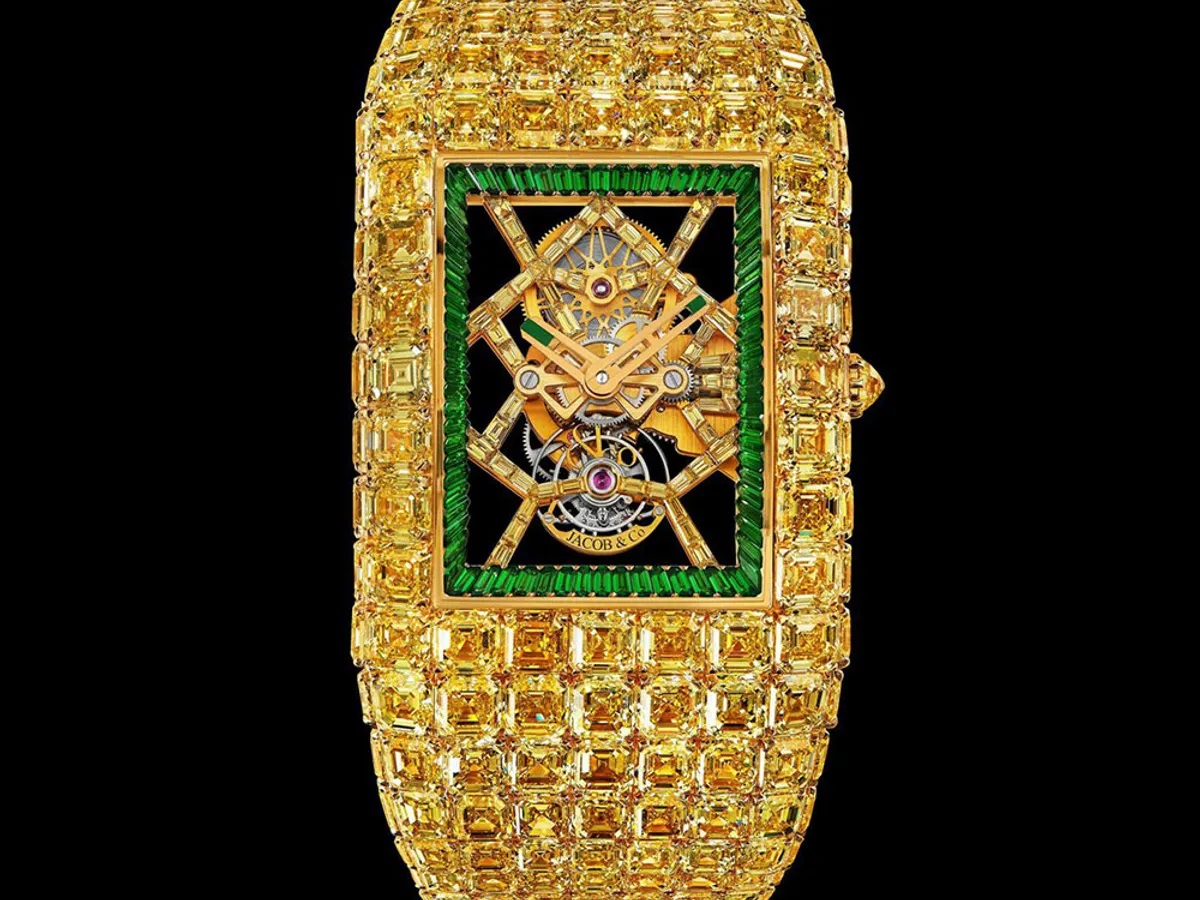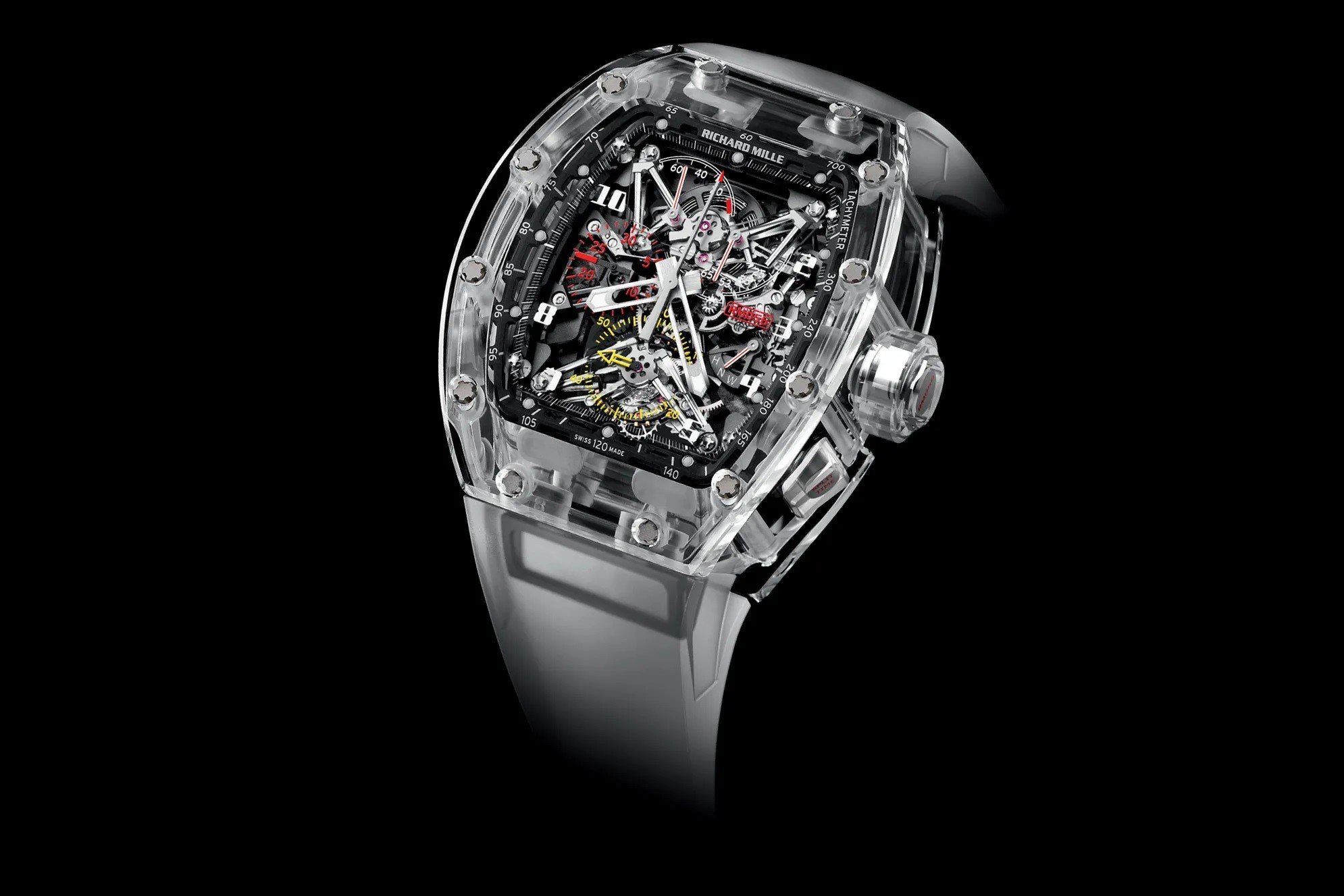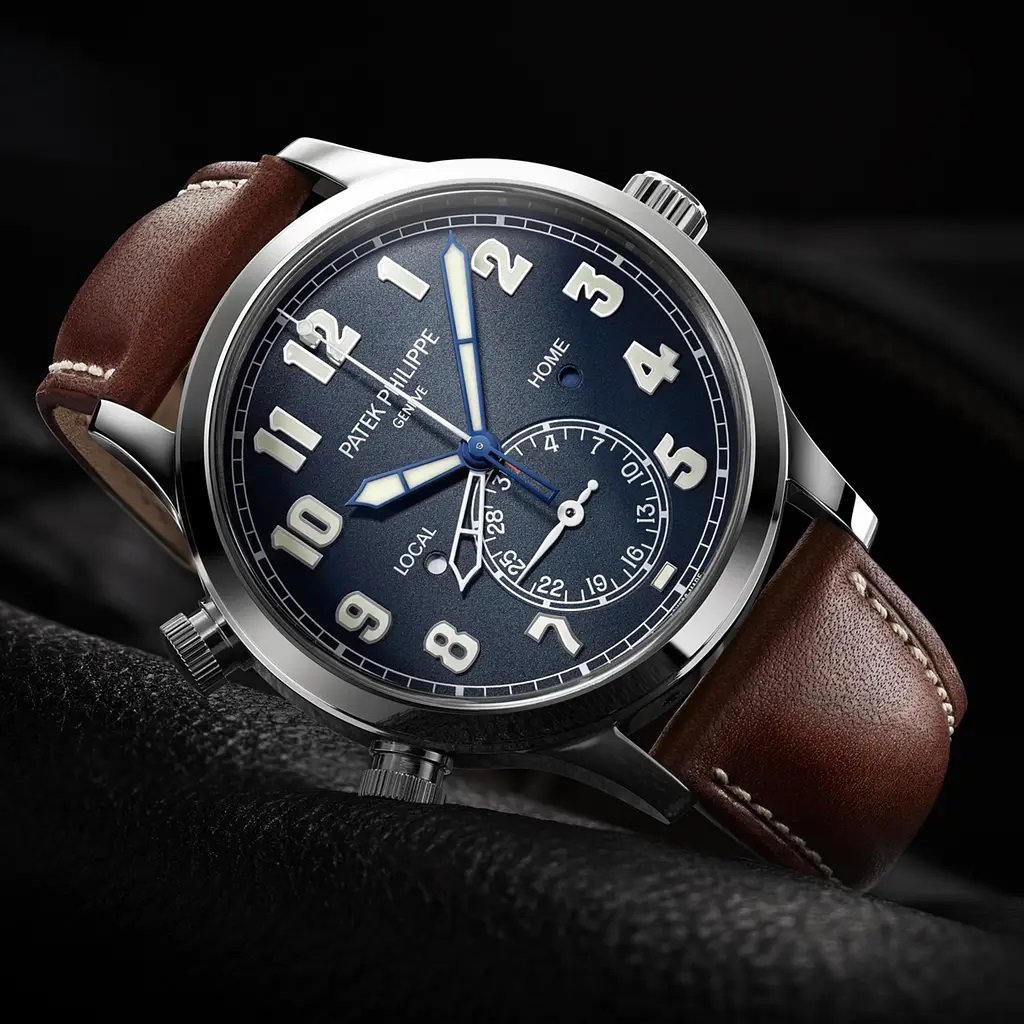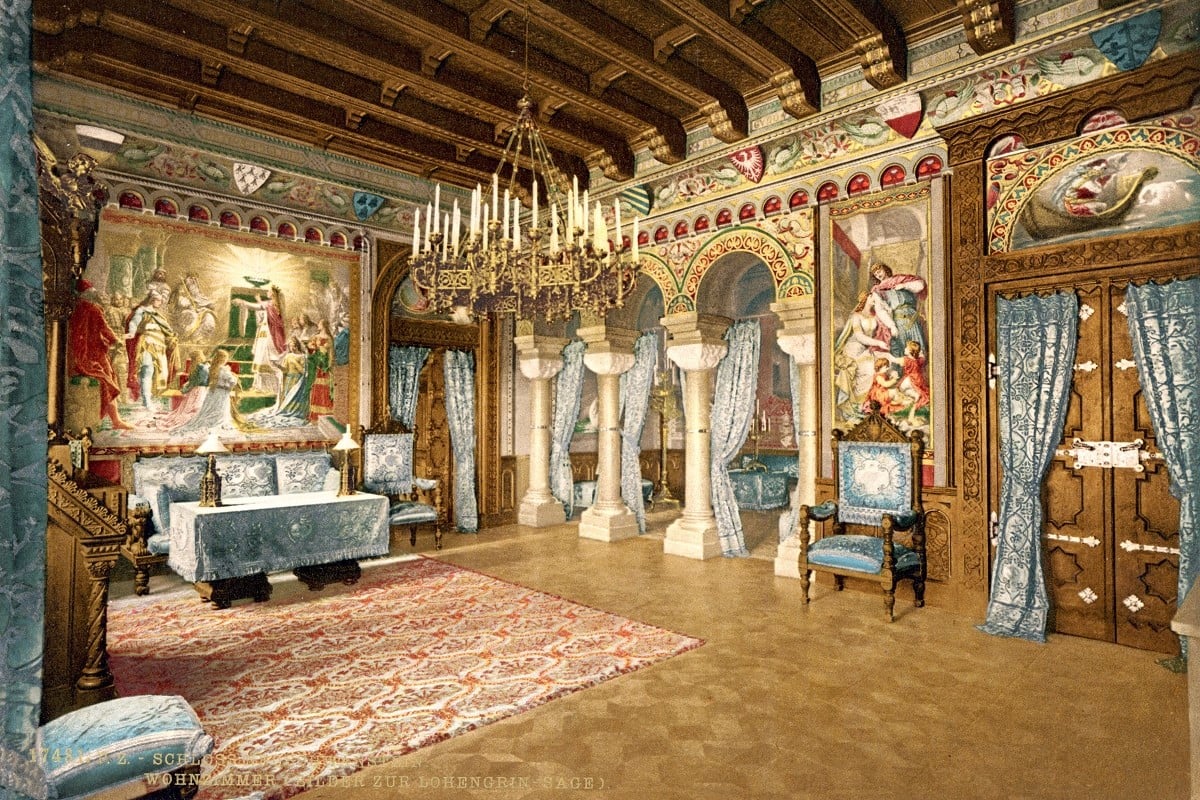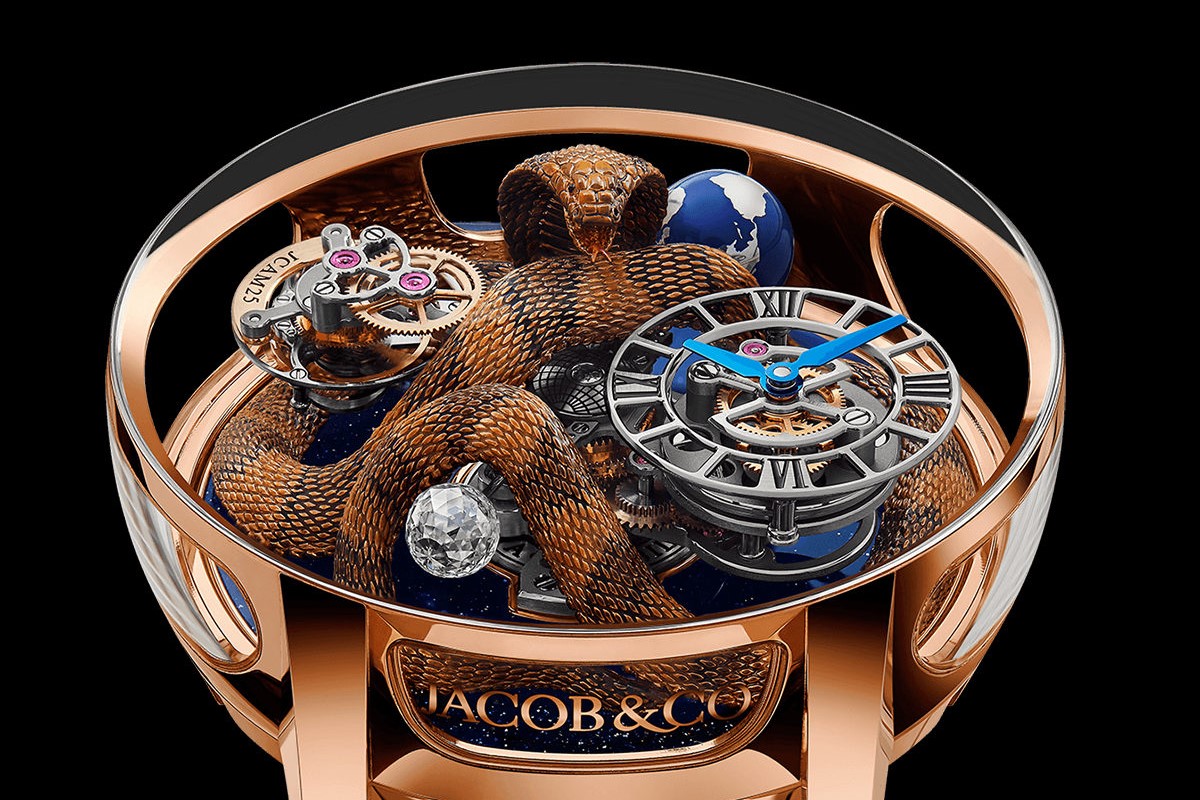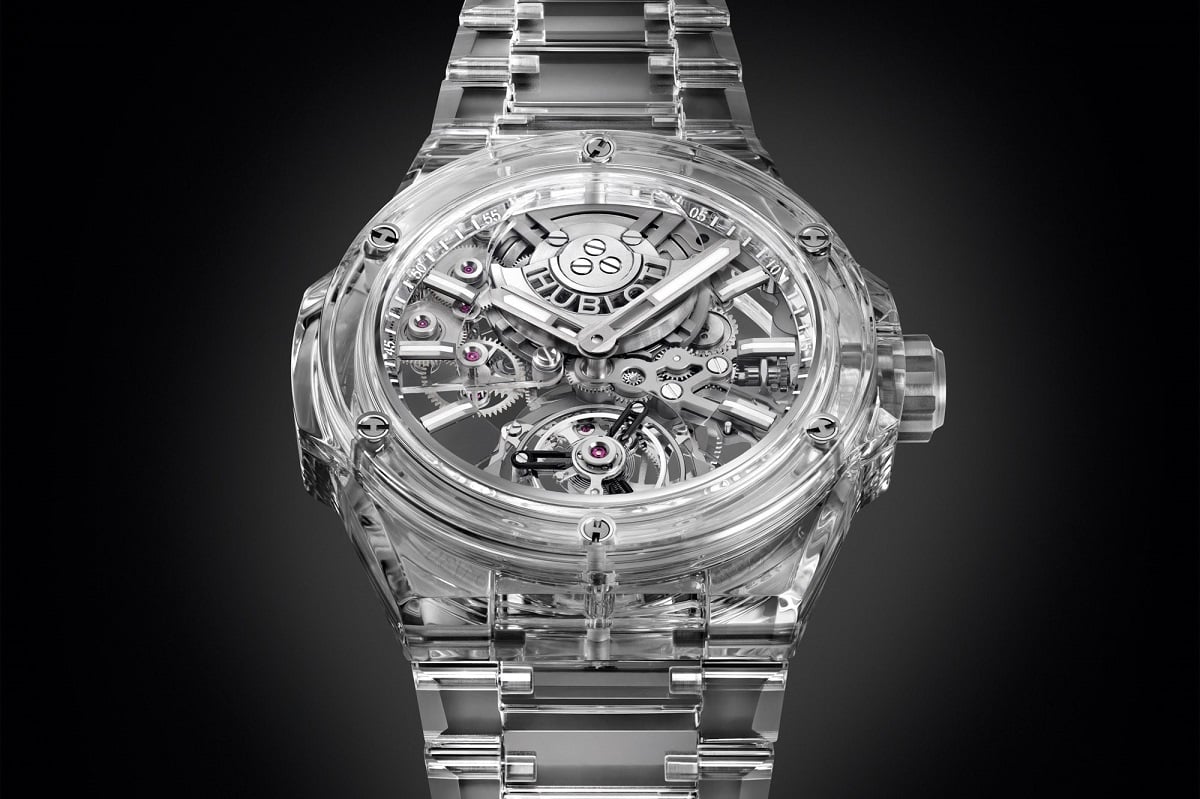Money Has No Idea — It Also Doesn’t Buy You Taste — But Money Does Buy You Luxury Watches
Oscar Wilde once said: “When bankers get together for dinner, they discuss art. When artists get together for dinner, they discuss money.” I think you can swap the word “artists ”for “watch aficionados”, to paint a pretty accurate picture of the state of the watch world nowadays. Talking watches has more and more become talking about money. And talking about watch prices is a shallow experience, a contest of figures that has no real content.
Have you ever heard of “affluenza”? The word, that’s also the title of a book about the dangers of overconsumption written by John de Graaf, David Wann, and Thomas H. Naylor, contains both the word “affluence” and “influenza” and is defined by the authors as a “painful, contagious, socially transmitted condition of overload, debt, anxiety, and waste, resulting from the dogged pursuit of more.” Is the term also applicable to the world of luxury watches? Well, there certainly seems to be a dogged pursuit of the same timepieces. And this relentless chase of the usual watch suspects – you know the watches from Rolex, Patek Philippe, Audemars Piguet, and to some degree, Richard Mille, I’m talking about – has made prices on the parallel market soar. And one of the effects is a social one: when people talk watches nowadays, they talk money.
Money buys you luxury watches, but it doesn’t buy you taste
When a watch’s price tag becomes its sole description, an in-depth conversation about it is impossible. The topic of pros and cons of micro rotors can be put on ice. What’s left is an exchange of numbers that offers no real satisfaction. When you see the watch as materialized money, as a commodity, how can you see it for what it really is, the result of a century-long tradition of craftsmanship, ingenuity, and dedication? Indeed, you can’t.
But if money is the driving force behind the watch acquisition, what happens? Well, as Jean-Paul Sartre has one of the characters in his 1955 his satirical drama Nekrassov say, “L’argent n’a pas d’idée.” Money has no idea and also no deeper meaning or value. Instead, the lived experience of human beings is of actual value. Translate that to the world of watches, and you have watches you buy because they’re expensive and hyped and the ones you buy for a deeper, personal reason. The first decision to buy is fueled by money, fear of missing out, and the outside world – an elusive and mystified need. The second decision results from taste, interest, and introspection – a need based on personal need the person in question can talk about for hours and hours.
Phenomenology and accumulation
The philosophy of experience is called Phenomenology. Somehow, I don’t think phenomenology applies to the way of some of the world’s most prominent and famous watch wearers, Drake and Ed Sheeran. Drake is a Canadian-born actor, producer, and rapper with a net worth of $250 million and a fervent accumulator of stuff. Expensive stuff. Think of several bespoke Rolls-Royce automobiles, large mansions, and many watches. Drake was spotted having watches such as a US$5,500,000 Richard Mille RM 056 Sapphire Split-Seconds Chronograph Tourbillon unique piece. That Richard Mille is one of many of that brand, and he’s also the owner of exuberant and exotic timepieces from Audemars Piguet and Patek Philippe, preferably iced out. And since Drake is adventurous and eclectic, he also wears wild Jacob & Co. creations.
Drake’s extensive and extravagant collection of material things doesn’t automatically make him a collector or an aficionado. When money doesn’t matter anymore, the stuff you buy with it also stops mattering that much. A collection is more than an accumulation. There’s an idea behind a curated collection, a vision, a philosophy even. An accumulation of watches is an incoherent pile-up of stuff that can only be described by talking about the amount of money it represents. And that’s a short and not very inspirational tale, to say the least.
What’s on Ed Sheeran’s wrist?
Like Drake, British singer-songwriter Ed Sheeran often appears in public wearing ultra-luxurious timepieces. His Patek Philippe Calatrava Pilot Travel Time Ref. 5524G is a sign that Sheeran knows his classics. The limited edition Richard Mille RM 38-01 Tourbillon G-Sensor Quartz TPT which was developed for golfer Bubba Watson, is a US$825,000 watch that represents the singer’s contemporary taste.
Based on these two watches, you might conclude that Sheeran is an open-minded watch collector with an eye for tradition and modernist innovation. But seeing Sheeran wear a Genius Genta Legacy undermines that conclusion. The Genius watch brand, now called Ingenieux, was founded by Italian entrepreneur Marco Mavilla. In 2007, together with fellow Italian Andrea Tamburini, he presented a watch that looked like it was the result of smashing an Audemars Piguet Royal Oak into a Patek Philippe Nautilus. The name Genius Genta Legacy and the watch were an objective travesty. Still, Sheeran, the owner of several watches designed by Gérald Genta, wore a watch that looked like an insult in public. It shows that money doesn’t buy taste, knowledge, or culture, which applies to everybody.
Questionable taste throughout the centuries
Artists, athletes, and crypto billionaires are considered new money folk with questionable taste. But rich people with debatable tastes have been present throughout the ages. And it might not show in diamond-encrusted wristwatches, it can still be seen in historic real estate. Take Neuschwanstein Castle in Bavaria, Germany, for instance. Neuschwanstein was built in the second half of the 19th century by order of (the eventually declared insane) King Ludwig of Bavaria. The king built the outrageous castle as a private retreat where he could live out his medieval fantasies in the familiar environment of his childhood. Neuschwanstein is seen worldwide as the epitome of romanticism – a movement emphasizing imagination and emotions. The castle inspired Walt Disney, and he used it as a model for Cinderella’s castle and in the Walt Disney Pictures logo from 1985 until 2006.
And what about Penrhyn Castle in north Wales? It’s a Victorian country house built in the sober, square style of a castle from the Norman period (11th and 12th century). The contrasting interior, on the other hand, is mind-bending frivolous, extravagant, and excessive. It was back then, and it still is. The (over-the-top) interior does not correlate with the (fake) exterior. It looks like what Drake’s house might have if he had been alive in the 19th century. But both the German and the Welsh castles draw massive amounts of tourists every year—people from all over the world who admire the ancient over-the-top creations and perceive them as historical facts. Time, apparently, washes away once disputed taste and style. Give something enough time, and eventually, the object becomes untouchable and immune to better judgment.
Putting money on show
Showing off is of all times. Putting money on show is done with clothes, homes, means of transportation, and watches. But what does it bring? Unfortunately, there is no direct correlation between money and happiness. On the contrary, scientific studies show us that the very rich suffer from higher rates of depression. The money itself doesn’t lead to discontent. No, it’s the constant striving for more money and material possessions that is the possible source of unhappiness. What’s also interesting is that people who value materialism enjoy little relationship satisfaction. And just like love and happiness, a satisfactory relationship is something money can’t buy.
Putting money on show can also be way more boring to behold than a carefully curated collection on a budget. What is more interesting, in your opinion? A €269,500 Elie Bleu Macassar Ebony Watch Winder that holds and spins 100 tourbillons in all shapes and sizes? Or a Vault Peli-Case with 18 watches, ranging from a vintage King Seiko to a Jaeger-LeCoultre Polaris Memomvox, that expresses one’s very personal watch voyage? Please leave your answer in the comment section.
Curing a bad case of affluenza
You might suffer from a bad case of affluenza when you feel dissatisfied despite wearing a one-off diamond-encrusted watch with more complications inside the platinum case than you can count. The first step to complete making a full recovery is to stop talking about the price of watches. And also if they hold their value and make a good investment. By looking at watches as materialized money, no real joy can be derived from them. Money has no idea, remember?
Instead, start thinking of watches as objects of creativity. As the materialized objects of traditional craftsmanship. And as the wondrous little time machines, they actually are again. Indeed, the way you first looked at them. Only by perceiving watches as the result of a long tradition of craftsmanship, a way of expressing your personal taste and personality, can you get rid of the devastatingly boring and mind-numbing effect of affluenza.

